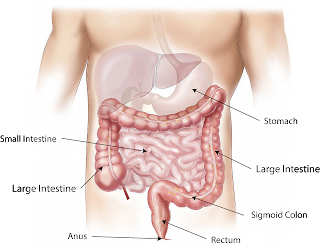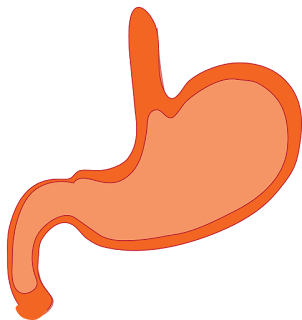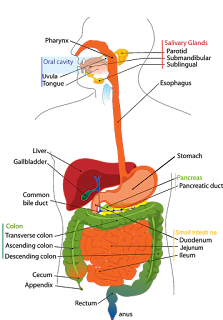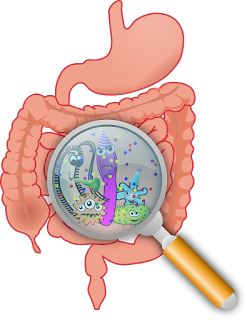How does my stomach related framework break food into little parts my body can utilize?
 |
| Stomach |
How does my stomach related framework break food into little parts my body can utilize?
As food travels through your GI lot, your stomach related organs break the food into more modest parts utilizing:
movement, like biting, pressing, and blending
stomach related juices, for example, stomach corrosive, bile, and chemicals
Mouth. The stomach related interaction begins in your mouth when you bite. Your salivary organs make salivation, a stomach related juice, which saturates food so it moves all the more effectively through your throat into your stomach. Salivation likewise has a protein that starts to separate starches in your food.
 |
| How does my stomach related framework break food into little parts my body can utilize? |
Throat. After you swallow, peristalsis drives the food down your throat into your stomach.
Stomach. Organs in your stomach lining make stomach corrosive and proteins that separate food. Muscles of your stomach blend the food in with these stomach related juices.
Pancreas. Your pancreas makes a stomach related juice that has compounds that separate carbs, fats, and proteins. The pancreas conveys the stomach related juice to the small digestive tract through little cylinders called conduits.
Liver. Your liver makes a stomach related juice considered bile that aides digest fats and a few nutrients. Bile channels convey bile from your liver to your gallbladder for capacity, or to the small digestive tract for use.
Gallbladder. Your gallbladder stores bile between dinners. At the point when you eat, your gallbladder just barely gets bile through the bile conduits into your small digestive tract.
Small digestive tract. Your small digestive system makes stomach related juice, which blends in with bile and pancreatic juice to finish the breakdown of proteins, carbs, and fats. Microorganisms in your small digestive tract make a portion of the catalysts you need to process starches. Your small digestive system moves water from your circulation system into your GI lot to assist break with bringing down food. Your small digestive tract additionally retains water with different supplements.
Internal organ. In your internal organ, more water moves from your GI plot into your circulation system. Microbes in your digestive organ assist break with bringing down excess supplements and make nutrient K NIH outside interface. Side-effects of processing, including portions of food that are still too enormous, become stool.
Limbzest384.blog.com#The human eye.
— Madicalnotes384 (@madicalnotes384) June 6, 2021
The human eye is the most
valuable and sensitive sense organ and
it is a natural optical instrument the
eye is nearly spherical in shape with a
slight bulge in the front part and it
enables us to see the beautiful colorful. pic.twitter.com/8vvFYD5M8k






